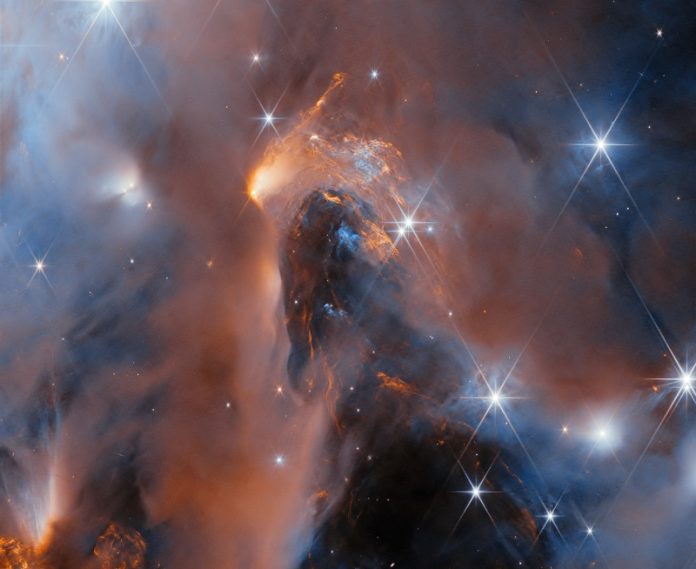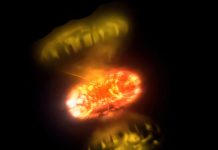
The James Webb Space Telescope has made an exciting discovery—six strange, starless objects that are floating freely in space.
These objects, called “rogue worlds,” have masses similar to giant planets like Jupiter but are not tied to any star’s gravity.
This finding gives scientists new clues about how stars and planets form.
The discovery was made during Webb’s deep survey of a young star-forming region called NGC1333, located about a thousand light-years away in the Perseus constellation.
The European Space Agency recently released a stunning image of NGC1333, showing the region glowing with clouds of gas and dust where new stars are being born.
What makes these rogue worlds so interesting is that they seem to have formed in a similar way to stars, even though they are much smaller.
According to Adam Langeveld, a lead scientist at Johns Hopkins University, these objects could have become stars under the right conditions. This challenges our understanding of how both stars and planets are born.
The rogue worlds discovered by Webb are gas giants, ranging from five to ten times the mass of Jupiter.
This makes them some of the smallest objects ever found that formed through processes typically responsible for star creation.
Unlike stars, which shine brightly due to nuclear fusion, these objects do not generate their own light and fade over time.
The most intriguing of these rogue worlds is the lightest one, with a mass of about five Jupiters. What’s fascinating is that this object has a dusty disk around it, similar to the disks seen around young stars.
This disk could potentially lead to the formation of small planets or moons, much like how our own solar system formed.
The discovery suggests that there are at least two ways to form objects with planetary mass: one method involves the collapse of a gas and dust cloud, leading to star-like formation, while the other involves the formation of planets in disks around young stars.
Scientists also found a new brown dwarf—a type of object between a star and a planet—with a planetary-mass companion. This rare pair likely formed in the same way that binary stars do, by fragmenting a cloud of gas.
These findings blur the lines between stars, planets, and other celestial bodies, challenging current classifications. Although these rogue worlds are considered rare in the Milky Way, the Webb data suggests they make up about 10% of the objects in the observed star cluster.
In the future, the team plans to study the atmospheres of these faint objects and compare them to more massive brown dwarfs and gas giants.
They also aim to explore the possibility of these rogue worlds forming mini-planetary systems similar to those around Jupiter and Saturn. This ongoing research may further refine our understanding of how stars and planets are born and evolve in the universe.



